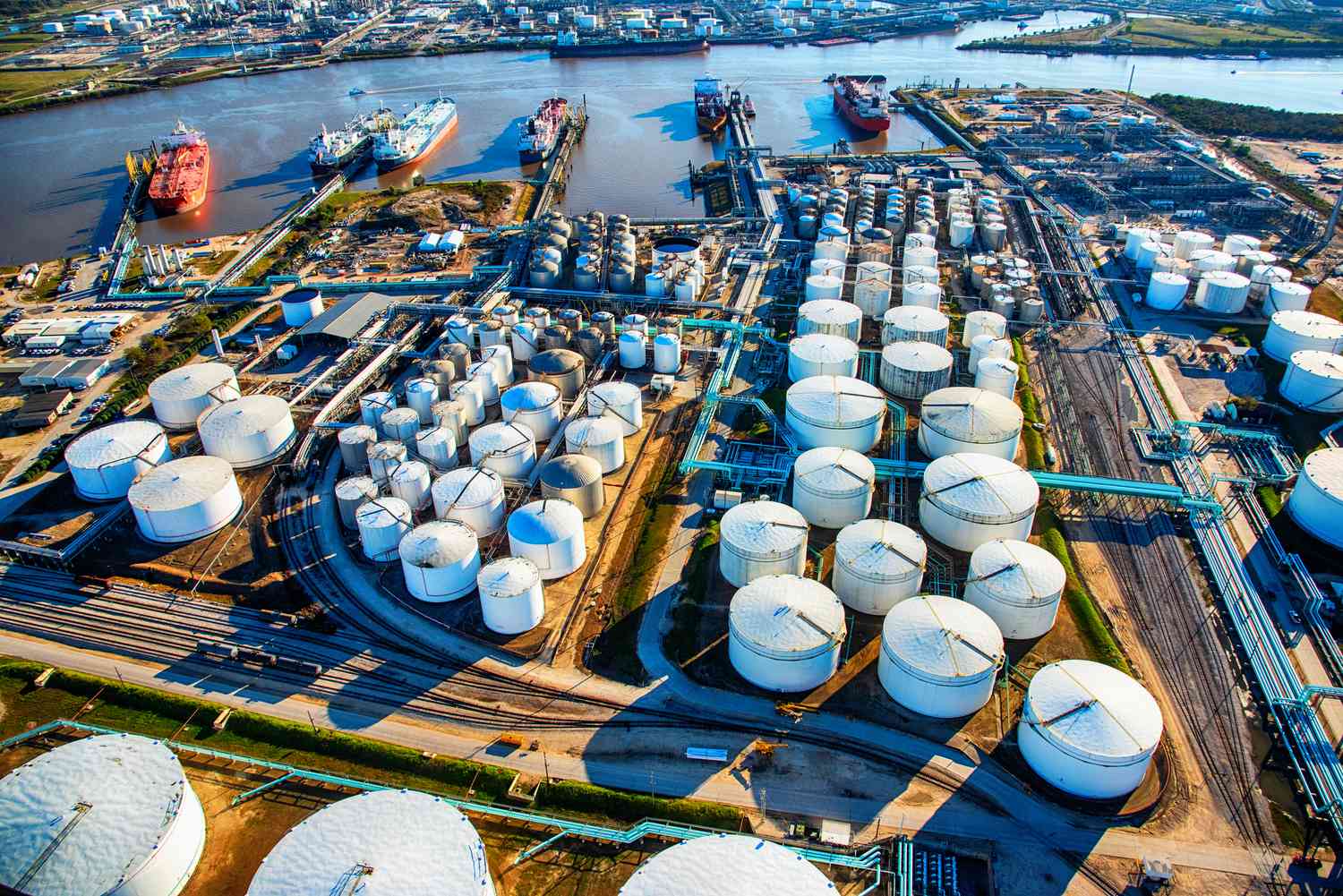China's surging oil production growth in recent years, the result of a concerted investment push, is expected to ease in 2024 as falling output from mature fields requires state oil companies to tap more challenging shale and ultra-deep reserves.
While China is the world's biggest crude importer, it was also the world's sixth-largest crude oil producer last year, according to the EI Statistical Review of World Energy, with heavy investment helping to reverse a significant decline between 2015 and 2018.
Production for 2023 at around 4.18 million barrels per day (bpd) remains below the 2015 record of 4.3 million bpd, but Goldman Sachs said that the upside surprise of China's output trails only the higher-than-expected production this year from the U.S., Iran and Russia.
For next year, analysts and agencies are divided on the outlook, with forecasts ranging from a drop in output by as much as 31,000 bpd or increase of up to 60,000 bpd, a growth slowdown that is likely to increase China's import dependency.
"The majority of China's oil fields are in a mature phase, facing natural production declines, (while) the scarcity of substantial new discoveries poses a challenge to sustaining long-term production growth at current rates," said Rystad Energy analyst Lin Chen.
After a 12% drop in output between 2015 and 2018, national oil companies Sinopec Corp , PetroChina and CNOOC Ltd (0883.HK) ploughed cash into increased recovery at existing fields and exploration of new ones amid Beijing's push for greater energy security.
Since 2018, domestic oil output has grown an average of 2% per year.
"The Chinese majors have been working at maximum capacity to grow production," led by CNOOC, said Yu Baihui, analyst at S&P Global Commodity Insights.
China's production from offshore fields totalled 58 million metric tons in 2022, equal to 1.16 million bpd and accounting for 60% of the country's total production increase, according to the National Energy Administration (NEA), centred on the Bohai basin off China's east coast, including the Bozhong 19-6 and Kenli 10-2 fields.
Offshore specialist CNOOC, the primary Bohai company, has boosted output from the region by 22% between 2018 and 2022.
On land, the state producers are developing shale assets and deep reserves, much of it in the west, including Sinopec's development of one of the world's deepest reserves in the Tarim basin of the Xinjiang region.
China's annual shale oil production exceeded 3 million tons in 2022, nearly quadrupling from 2018, the NEA said.
However, the technical difficulty of exploring such wells means that China's oil production is unlikely to sustain growth.
"The new fields tend to fall into two camps: challenging, deep and remote new fields onshore, and new marginal discoveries offshore, primarily by CNOOC," said Angus Rodgers, head of Asia -Pacific upstream analysis at Wood Mackenzie.
The consultancy forecasts domestic production to fall by 0.8% to 3.94 million bpd next year, with a slow decline in the following years.
However, Rystad forecasts a 1% increase from 2023 to 4.22 million bpd next year, though they are less optimistic of growth after 2024.










